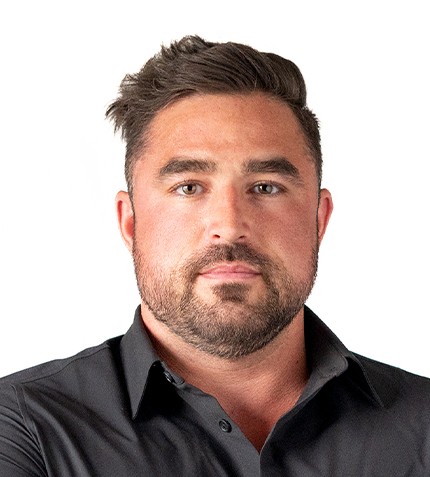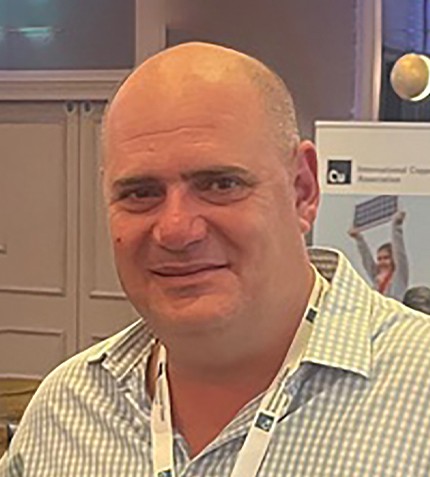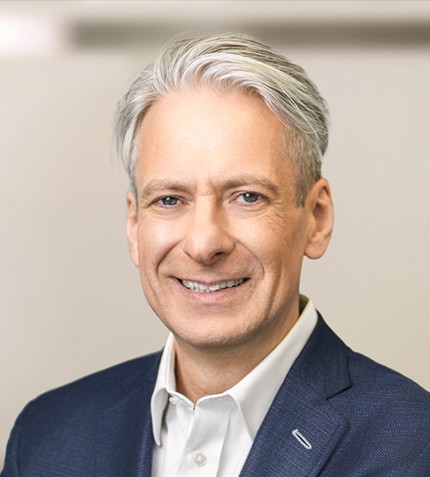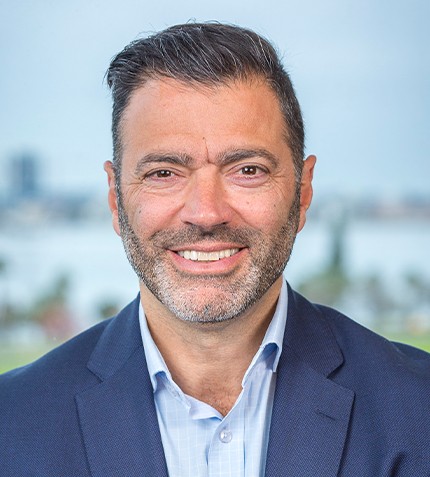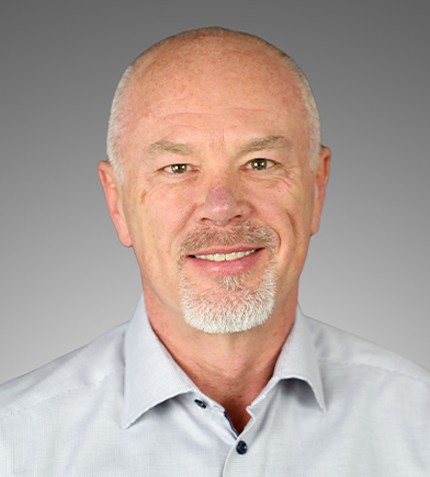
"Technology applied to our services business means geologists can cut out mundane tasks like logging core, in order to spend more time understanding the orebody. That is more attractive to everybody and it opens up a very diverse workforce."
Jeff Olsen
CEO, BOART LONGYEAR
Can you provide an overview of Boart Longyear in Ontario?
Ontario is a fundamental part of Boart Longyear’s business, and we work with many companies on high profile projects throughout the province. Our company can be broken down into three key segments. First is our services business wherein we perform drilling of all types and specialties around the world. This segment drives about 65%-70% of our business. Second is our products business where we make the tooling consumables on the exploration and production side of drilling, as well as the capital equipment rigs that we sell to third parties and use in our own operations. That generates about 30% to 35% of our revenue. Our third segment is our technology business called Geological Data Services, or GDS, which is a rapidly growing part of our business that offers unique technology to the mining industry. In recognition of our work, Mines and Money recently awarded GDS Mining Innovation of the Year for 2022.
Can you elaborate on GDS?
There are a couple different parts of GDS. We have downhole technologies, which includes core orientation and geophysical tools to gather information downhole. TruGyro is the latest tool we introduced for this application in 2022. On the other side, we have a scanning technology that uses very unique XRF technology that is calibrated by orebodies to produce a full elemental analysis of either core, or chips that are extracted from the ground to provide information to mining clients in a quicker, more accurate and far less expensive way than traditional methodologies. The technology is highly portable, and we do not need to build any infrastructure, it is nondestructive to the sample, and we combine that with artificial intelligence to provide things like auto structural logging, which greatly reduces the number of geologists that need to touch the core. It also greatly improves accuracy, because you do not have the chain of custody problems that you might have when you move core around the world and have multiple geologists logging core from the same deposit.
How is Boart Longyear’s embrace of technology helping it to attract a more diverse workforce?
One of the things that we are very proud of is the number of women drillers that we have hired. That is enabled by some technological progress we made in improving the drill rigs we use. Technology applied to our services business means geologists can cut out mundane tasks like logging core, in order to spend more time understanding the orebody. That is more attractive to everybody and it opens up a very diverse workforce.
What are some of the key challenges associated with drilling at depth?
There is a lot more expertise needed for deep drilling, particularly deep directional drilling. Boart Longyear offers that, and we also offer drill rigs that are capable of facilitating deep drilling. We have drilled several of the deepest holes in Africa with our equipment.
What will drive the exploration cycle moving forward?
The price of gold and copper always indicates how much exploration money is spent, and how much drilling gets done. We went through a significant downturn in the mining industry, and a lot of companies decided to reduce their costs by reducing their drilling and using their existing reserves to meet their production demands. That lever has been pulled for a number of years now. As we get into a bull cycle, you will see that dynamic driving activity, but you are also going to see the need for these companies to replace reserves that they have used over the last few years. If you look at the average reserves for gold or copper companies, they are significantly less than what they were 10 years ago. A gold company needs to have reserves to cover their production out years into the future, and I do not think 10 years does it. They used to approach 20 years, and I think that is a much healthier position to be in.




